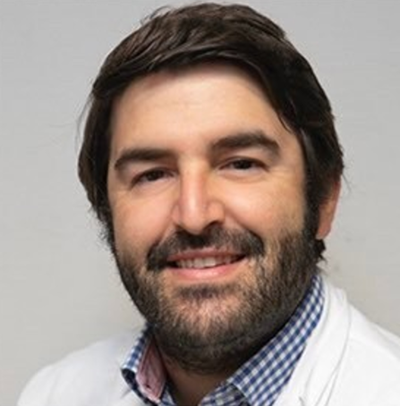La distrofia muscular, tipo Duchenne, que cursa con cifo-escoliosis, debilidad muscular progresiva y fatiga anormal de los músculos, provoca un síndrome de inmovilización con aumento de la reabsorción ósea e hipercalciuria. La deformidad torácica acompañante altera la capacidad respiratoria, provoca insuficiencia pulmonar, acidosis y orinas ácidas. La cifo-escoliosis dorsolumbar, muy grave en ocasiones, altera la situación del aparato urinario superior, y el transporte de orina se ve influenciado (estasis). Así, la hipercalciuria, la acidosis urinaria, el estasis y la infección, determinarían la formación de la litiasis urinaria que puede originarse en estos pacientes.
Material y métodosHemos tenido ocasión de atender varios pacientes (quince) afectos de miopatías (Enf. Duchenne, Miastenia gravis') o deformidades esqueléticas graves con litiasis renal metabólica (piélica o calicilar). Otros, con secuelas esqueléticas post-traumáticas (paraplejía, hemiplejía,'), poliomielíticas o de Mal de Pott, con litiasis séptica. Evaluados todos los posibles tratamientos, incluida la LEOC, se optó por esta técnica por ser la menos agresiva. La cirugía clásica, la percutánea o la endoscopia, auguraban problemas técnicos en el abordaje de la litiasis. El caso que ilustra el tema -Distrofia Muscular de Duchenne- con litiasis renal bilateral, y el resto que se presentan, pretenden reflejar la complejidad terapéutica de estos pacientes incluida la LEOC.
ResultadosLa escoliosis no ha sido obstáculo técnico, al poder colocar a los pacientes en posición lateral/oblicuo y ubicar así el cálculo en el punto correcto para su litotricia. La eliminación de los fragmentos ha sido fácil, sin complicaciones obstructivas, a pesar de la gran inmovilidad que estos pacientes sufren.
ConclusiónEl síndrome de inmovilización, la acidosis, el estasis y la infección, podrían conjuntamente determinar los mecanismos de litogénesis en pacientes afectos de enfermedades musculares o deformidades esqueléticas graves con litiasis renal. La LEOC tiene su oportunidad en casos graves, donde también otras técnicas, incluyendo la cirugía, plantean dificultades importantes.
Duchenne’s muscular dystrophy with kypho-scoliosis, progressive muscle weakness and abnormal fatigue of the muscles results in an immobilisation syndrome with increased bone resorption and hypercalciuria. The accompanying chest deformity alters the respiratory capacity, causing pulmonary insufficiency, acidosis and acid urine. Dorso-lumbar kypho-scoliosis, occasionally very serious, alters the status of the upper urinary tract affecting urine transportation (stasis). Thus, hypercalciuria, urinary acidosis, stasis and infection will determine the formation of urinary lithiasis that can take place in these patients.
Material and methods15 patients with a variety of myopathies (Duchenne’s disease, Myasthenia gravis, ') or serious skeletal deformities with metabolic renal lithiasis (pyelic or calyceal) were seen by our group. Other patients presented post-traumatic (paraplegia, hemiplegia, ') or poliomyelitic skeletal sequels or Pott’s disease, with septic lithiasis. After evaluating all likely approaches including ESWL, the latter was chosen being the least aggressive. Conventional surgery, either percutaneous or endoscopic, foretells technical problems in terms of lithiasis approach. Both the case introducing the subject, Duchenne’s muscular dystrophy, with bilateral renal lithiasis and the others are a reflection of complexity of finding the righ approch for these patients, including ESWL.
ResultsScoliosis was not a technical obstacle, since patients could be placed in lateral/oblique position to situate the stone in the right spot for lithotrity. Debris removal was easy, with no obstructive complications, in spite of the significant immobilisation of these patients.
ConclusionImmobilisation syndrome, acidosis, stasis and infection could jointly determine the lithogenesis mechanism in patients with muscle diseases or serious skeletal deformities and with renal lithiasis. ESWL has an opportunity in serious cases, where other techniques including surgery have major difficulties.









